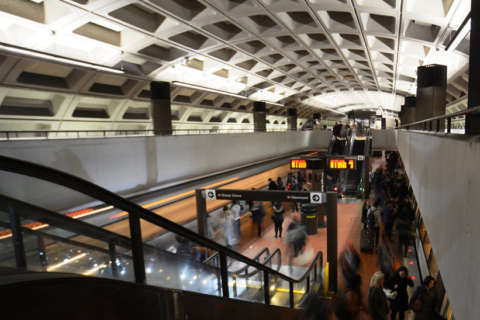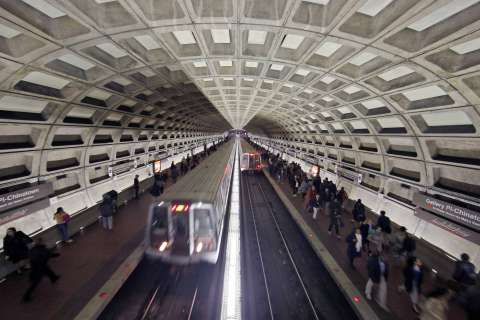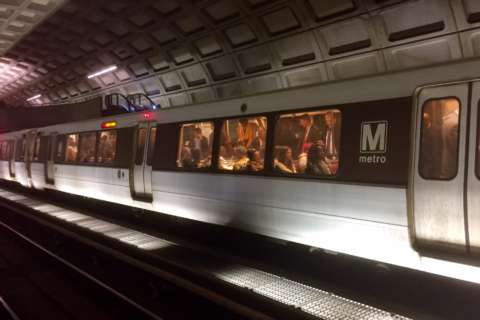WASHINGTON — As Metro cuts scheduled service, raises fares, and somewhat dials back round-the-clock track work June 25, Metro leaders say the odds of trains arriving on schedule should go up.
“The on-time performance, I think some of that had to do with the existing schedules, so it wasn’t just all related to the delays; it was a combination of a lot of things,” Metro Chief Operating Officer Joe Leader said Thursday.
Metro’s new schedules, including cuts to rush-hour schedules from every six minutes at end of line stations to every eight and the end of Yellow Line “Rush Plus” service, not only leave extra space between trains but build in time for a number of safety rules implemented over the years since the last schedule updates. That includes a required pause at the platform before train operators open the doors to be sure the doors open on the correct side.
“It was the existing schedules that were in place that were not adequate, as well as the infrastructure delays, that dropped the on-time performance, so I think as we see the schedule changes that we have in place for the start of June 26, I think … you will see on-time performance improve. How quickly, and what the measure is, I can’t tell you right now,” Leader told the Metro Board’s Customer Service, Operations and Security Committee.
Metro’s last quarterly report card showed 69 percent of riders arrived on time in the first three months of the year, under a measure that includes time to get into and out of a station while also waiting the maximum scheduled amount of time for a train on the platform. Under a more generous measure, adding an additional five minutes of leeway, 86 percent of trips were on time.
This week, Metro said that 91 percent of rider trips from fare gate to fare gate over a more recent period were calculated as on time or within five minutes of being on time.
“To think that we could achieve that on the highway system would be amazing, but yet we’re doing it on transit,” General Manager Paul Wiedefeld told the committee.
With plans to expand weekend track work to include at least one work zone on each line each weekend and plans for several more round-the-clock shutdowns, Leader hopes the number of unscheduled delays will drop.
“We’ll see a continuation of the improvement of our infrastructure. To say that we’ll never have a delay as a result of a failure is just impossible,” he said.
Fairfax County Supervisor and Metro Board member Cathy Hudgins said Metro has come a very long way in the year and a half since Wiedefeld took over, but it will take additional regional support to get the system to where it really should be.
“It’s sort of like the patient was really, really sick, and that it’s better, and that we’ll have to keep working toward this for it to get well,” she said.
The full Metro Board voted 14-1 Thursday to support the general concepts behind the plans to limit Metro’s costs and lobby for dedicated funding that Wiedefeld announced in April. Prince George’s County Metro Board member Malcolm Augustine was the lone no vote, arguing that the details of the plan needed closer analysis. Federal board member David Strickland was absent.








